Protected and connected
While driving through rural Whitman County near sunset last week, I caught the setting sun piercing a sliver of sky between clouds and horizon. Light poured out across the Palouse hills casting its rich golden shine on fields and barns, deeply contrasted by the dark skies beyond. Such stunning scenery enchants unsuspecting drivers. I found myself flooded with a feeling…I think it was love. Love of place, and passion for this land I call home. Driving south of Colfax, I passed the Maple K Meyers farm and delight in the uniqueness of this property.
As the executive director of Palouse Land Trust, I’ve come to know Tom and Cheryl Kammerzell as dedicated land stewards whose years of hard work and determination have made this a legacy landscape for generations to come. Working with Palouse Land Trust, they put permanent protections in place through a conservation easement. Once in danger of turning into home sites, this special open space exists today because of their conviction and partnership in the name of conservation, and love of place.
Owners and managers of private working lands are essential partners in sustaining vital wildlife corridors that transect the entire Inland Northwest, like the tree-lined passages where the Palouse River winds its way through the surrounding rolling hills. Wildlife are drawn to areas that meet their needs. Where the healthy habitats are, that’s where the wild roam free.
Much like a raindrop that finds it’s path to the ocean, wild animals, birds, and insects follow paths across the lands where plentiful habitat ensures their survival. Private land stewards are keepers of many of these pathways across the Palouse and western Bitterroot Mountains. But these lands are often vulnerable to development, particularly because of high land prices on rural lands surrounding urban growth areas.
Private landowners seldom earn income from ecosystem services—goods and services produced in nature—including wildlife habitat, carbon sequestration, scenic views, food, and watershed values. Conservation easements—voluntary legal agreements created when the landowner donates or sells the right to develop a property to the Land Trust—are effective tools to help mitigate the loss of economic value of ecosystem services.
Guided by planning tools and regional knowledge networks where we can identify key habitat linkages and corridors that are integral to wildlife movements, we are prioritizing limited funding and resources to focus on lands where we can achieve the greatest conservation impact. Preserving open spaces for the future means keeping these lands economically viable, so that rural communities can thrive and farm, ranch, and forest families can afford to pass their conservation legacy on to the next generation.
And you are making this all possible. Thanks for your continued support for local conservation and the lands we love.



